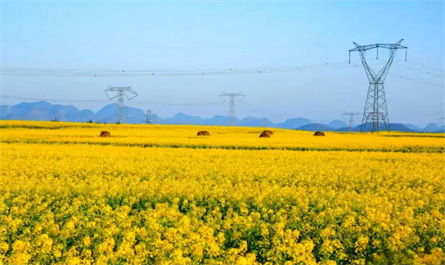Application and Prospect of Plant Growth Regulators in Vegetable Production
Plant growth regulators have covered more than 70 kinds of crops, helping to increase yield and optimize quality. There are abundant registered products for 23 kinds of vegetables such as tomatoes and cucumbers. 55 regulators such as Gibberellic Acid and Sodium Nitrophenolates (Atonik) have shown their magical powers. In the future, the integrated application of medicine, water and fertilizer will become the new normal.

Importance of Plant Growth Regulators
Plant growth regulators, as artificially synthesized or extracted compounds with natural plant hormone physiological activity, play an important role in agriculture, forestry, flowers, Chinese herbal medicine production and other fields. They can effectively regulate or control the growth and development of plants, help increase yield, optimize quality, and even extend the supply period, while saving a lot of labor. Since my country included plant growth regulators in the scope of pesticide management in 1997, its research and development and application have shown a rapid development momentum, and the number of registered products has continued to rise. As of March 2022, the China Pesticide Information Network shows that there are 1,375 registered plant growth regulators in my country that are in effect, covering more than 70 crops such as wheat, rice, rapeseed, and tomatoes.
As of March 2022, plant growth regulators have covered more than 70 crops, including a wide variety of vegetables such as tomatoes, cucumbers, and peppers. These registered products provide vegetable producers with a wealth of choices, while also ensuring the compliance and effectiveness of plant growth regulators in vegetable production.

Importance of Plant Growth Regulators
Plant growth regulators, as artificially synthesized or extracted compounds with natural plant hormone physiological activity, play an important role in agriculture, forestry, flowers, Chinese herbal medicine production and other fields. They can effectively regulate or control the growth and development of plants, help increase yield, optimize quality, and even extend the supply period, while saving a lot of labor. Since my country included plant growth regulators in the scope of pesticide management in 1997, its research and development and application have shown a rapid development momentum, and the number of registered products has continued to rise. As of March 2022, the China Pesticide Information Network shows that there are 1,375 registered plant growth regulators in my country that are in effect, covering more than 70 crops such as wheat, rice, rapeseed, and tomatoes.
As of March 2022, plant growth regulators have covered more than 70 crops, including a wide variety of vegetables such as tomatoes, cucumbers, and peppers. These registered products provide vegetable producers with a wealth of choices, while also ensuring the compliance and effectiveness of plant growth regulators in vegetable production.



